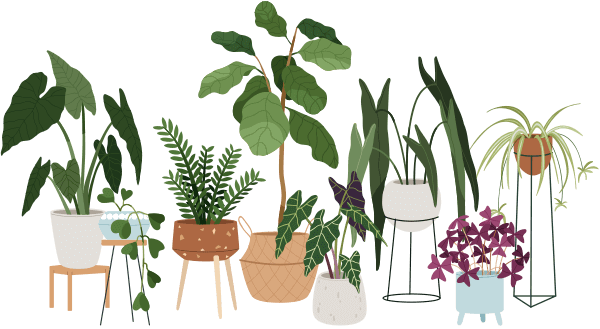If you’ve ever wondered, *what type of light do I need for plants?*, you’re not alone! Many first-time plant parents worry about whether their leafy friends are getting the right kind of light. Maybe you’ve already placed a plant on your windowsill, only to find its leaves going yellow or leggy. Don’t worry—you haven’t failed! Understanding what type of light is best for your plants is something anyone can learn.
In this friendly, supportive guide, we’ll demystify light requirements, bust a common myth, and offer easy, practical tips—perfect for anyone living in an apartment or with limited natural sunlight. Let’s help your plants thrive, together!
Why Does Light Matter for Plants?
Light is like food for plants. Through a process called photosynthesis, they turn sunlight into energy. Without enough of the right type of light, plants can get weak, pale, or stop growing.
But not all plants have the same preferences. Some love basking in bright sunlight, while others feel happiest in the shade. Their needs will guide your decisions.
What Type of Light Do I Need for Plants? Key Terms You’ll Hear
Before we dive deeper, let’s clarify a few terms you’ll often see:
- Bright/Direct Sunlight: Sunlight that comes straight from the window, with no curtains or obstacles in the way.
- Indirect Light: Light that’s filtered through something (like a sheer curtain) or bounces off walls and surfaces before reaching your plant.
- Low Light: Spots where there is little natural light, or the light is far from a window.
Now, let’s match types of plants with their favorite light!
How to Choose the Right Light for Your Plants: Simple Guide
1. Make Friends With Your Windows
Most houseplants fall into these light categories:
- Bright, Direct Light: Succulents, cacti, and some herbs (like basil and rosemary).
- Bright, Indirect Light: Many ferns, pothos, peace lilies, and monstera thrive here.
- Low Light: Snake plants, ZZ plants, and some palms can survive with less sunlight.
*Tip:* South-facing windows usually get the most sun in the Northern Hemisphere; north-facing ones get the least.
2. What If I Don’t Have Good Natural Light?
Apartment dwellers, rejoice! You can still grow happy plants, even with limited sunlight.
Grow lights can help. These are specially designed lights that provide plants with the energy they need.
- LED Grow Lights: Energy-efficient and don’t get too hot.
- Fluorescent Lights: Affordable and good for beginners.
- Incandescent Bulbs: Not ideal—they don’t provide the right kind of light and use more energy.
*Remember:* Place grow lights close to your plants (usually 6–12 inches away) and keep them on for about 12–16 hours a day, depending on the plant.
Common Myth: Do Regular Lights Work as Grow Lights?
A lot of people believe that any household lamp is enough for plants. Reality check: while a lamp may help a bit, regular bulbs don’t offer the correct “full spectrum” of light your plant really needs. If you’re serious about indoor gardening, investing in a purpose-made grow light will make a big difference.
Quick Checklist: How To Tell If Your Plant Has Enough Light
- Stretching towards the window? Probably needs more light.
- Leaves look pale or yellow? Could be too much or too little light.
- Not growing at all? Light is likely the culprit!
Adjust the plant’s position or lighting until it starts to perk up.
Summary: What Type of Light Do I Need for Plants?
Whether you’re dealing with succulents in a sunny corner or snake plants in low light, understanding *what type of light do I need for plants* is the first step toward lush, happy greenery. Check your plant’s needs, work with your window setups, and don’t be afraid to use grow lights if needed. Even in a cozy flat, you can create a thriving indoor jungle—with the right light, your plant babies will thank you!


